

High noise levels are very common in preschools. In this study, the influence of noise on the heart rate variability of preschool teachers was investigated. Furthermore, suggestions are given on how the noise level in preschools could be reduced.
By Sonja Brachtl, psychologist and preschool teacher
Background
The average sound level in preschools often exceeds 70 dB(A) and can reach values of up to 85 dB(A). Noise levels above 85 dB(A) are considered to be hazardous to hearing. However, vegetative reactions, known as extra-aural effects, can occur at levels as low as 65 dB(A).
Noise in preschools primarily affects speech intelligibility. Linguistic information is lost because of background noise masking, which has a particular impact on young children, children with a first language other than the language of instruction and children with language deficits.
Extra-aural effects of noise include reactions that affect well-being and health. It can lead to attention and concentration disorders as well as a change in social behaviour. Noise can also lead to vegetative reactions such as increased heart rate and blood pressure.
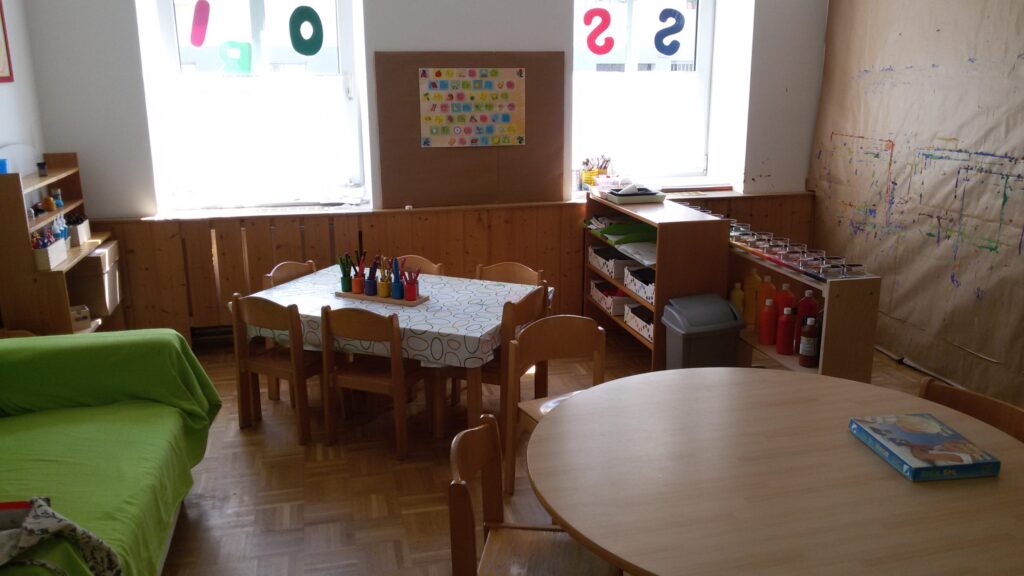
Researching the impact of noise on preschool teachers
This study focused on vegetative reactions to noise, specifically investigating whether the noise level in preschools is related to the cardiovascular activity of preschool teachers.
In nine private preschools in Vienna, sound level measurements were taken in the group rooms during the working hours of 23 preschool teachers. In addition, the heart rate variability of the teachers was recorded by 24-hour ECG. Furthermore, questionnaires on noise-related stress, well-being, stress perception, burnout risk, noise annoyance and noise sensitivity were answered.
Research questions
- Do noise levels in preschools affect the cardiovascular activity (heart rate and vagal activity) of preschool teachers?
- Does noise sensitivity and noise annoyance have an impact on the relationship between noise and cardiovascular activity?
- Do preschool teachers find it more difficult to tolerate noise with increasing duration of employment as well as with higher age?
Results
Noise level
This study found that the average sound level in the group rooms was Leq 74.1 dB(A) (SD = 1.39) with a peak of Leq 95.5 dB(A) (SD = 3.0). The majority of preschool teachers described their professional activity as physically and mentally stressful and stated that they felt tired and exhausted at the end of a working day.
Effect of the sound level on heart rate
The majority of the participants showed a correlation between heart rate with the sound pressure level (LAeq,5min). Figure 1 depicts the relationship between sound pressure level and heart rate of one preschool teacher during working time.
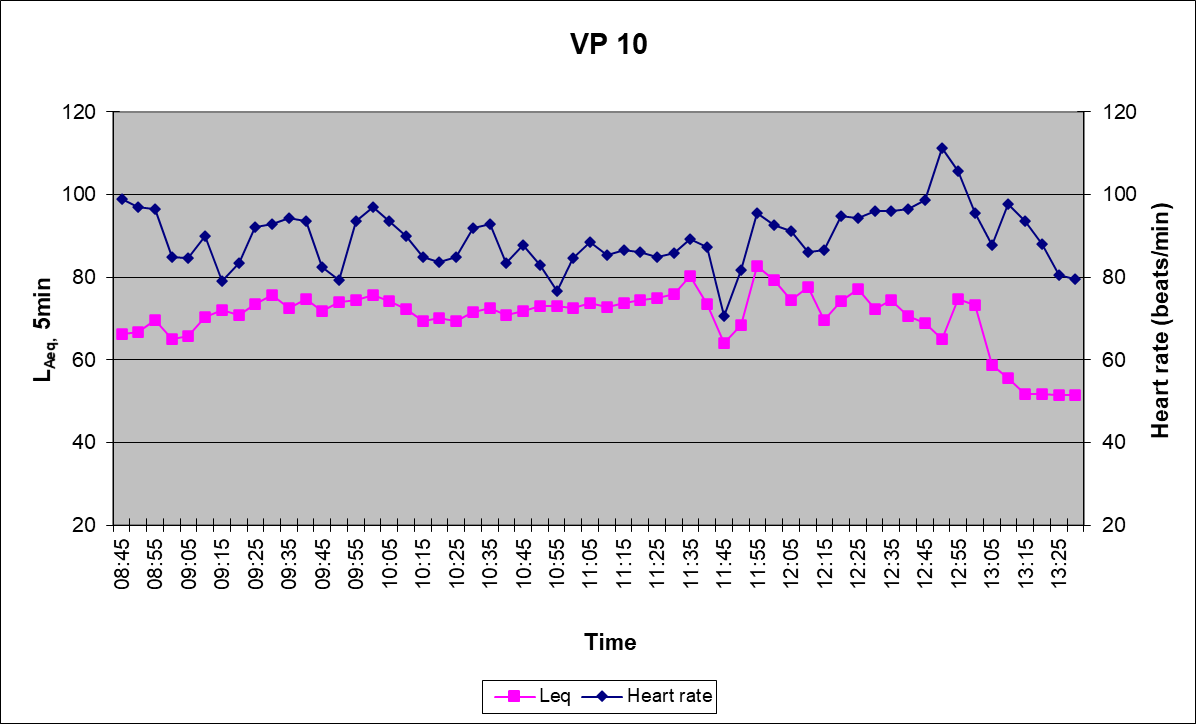
The average sound level, measured over the working time, correlated significantly with the mean heart rate of the preschool teachers, r = .47, p = .02 (one-tailed), n = 19 (4 persons had to be excluded due to interference), see Figure 2.
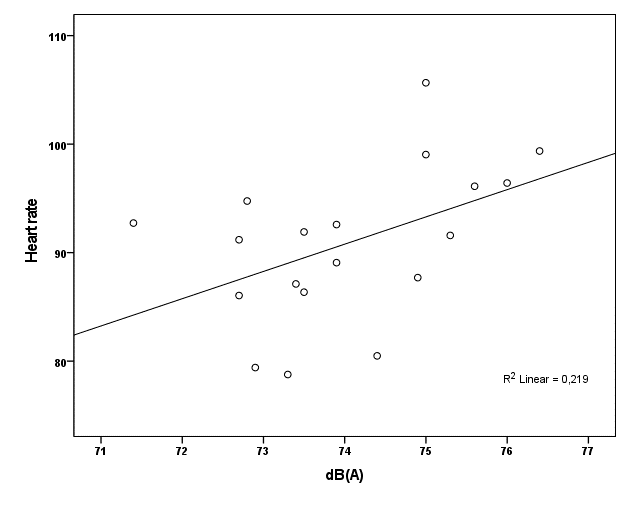
Effect of noise sensitivity and noise annoyance
Noise sensitivity and noise annoyance showed no effect on the correlation. It can be assumed that the correlation between heart rate and sound level occurs independently of subjective perception (Table 1).
Table 1: Partial correlation between sound level and heart rate, noise sensitivity and noise annoyance as possible confounding variables
| mean HR over working time rpart (df = 16) | p | n | ||
| Noise sensitivity | mean sound level (LAeq ) over working time | .48* | .022 | 19 |
| Noise annoyance | . 49* | .019 | 19 |
Note: rpart = Correlation coefficient, *p ≤ 0.05 (1-side)
Change in heart rate with increasing sound level
The sound level was divided into three classes. It was investigated whether the heart rate changes with the magnitude of the sound level class. The result showed a significant increase in heart rate activity with increasing sound level, F(1.38, 20.63) = 15.39, p < .001 (Figure 3).
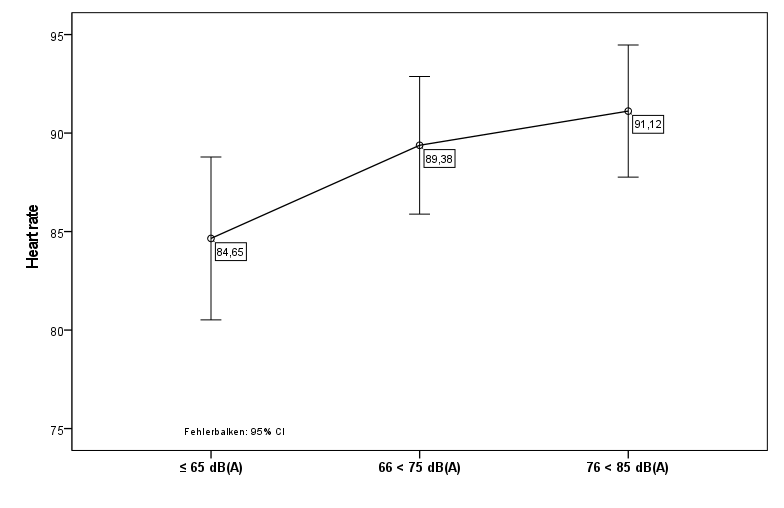
Figure 3: Mean heart rate at different noise classes
Age effects
Tolerating noise becomes more difficult with increasing length of employment. Preschool teachers who have been in their profession for four years or more feel it harder to tolerate noise compared to those who have been working three years or less (X2 (2) = 7.50, p = .023). It was also found that older preschool teachers tend to find it more difficult to tolerate noise than younger (X2 (2) = 5.23, p = .073) (Figure 4).
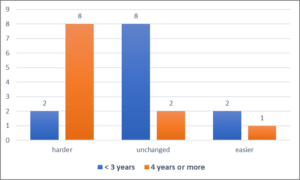
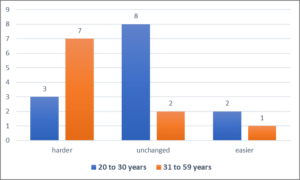
Figure 4: Left: toleration of noise in comparison with years of service (< 3 years vs. 4 years or more. Right: Toleration of noise in comparison with age group (20 to 30 years vs. 31 to 59 years)
Discussion
The results show a change in cardiovascular activity in relation to sound pressure level, which indicates that the preschool teachers are physically stressed by the noise. It can be assumed that the noise also has an impact on the heart rates of children, which requires further research. It is therefore of great importance to take precautions to reduce noise levels in preschools.
What can be done to reduce the sound level in preschools?
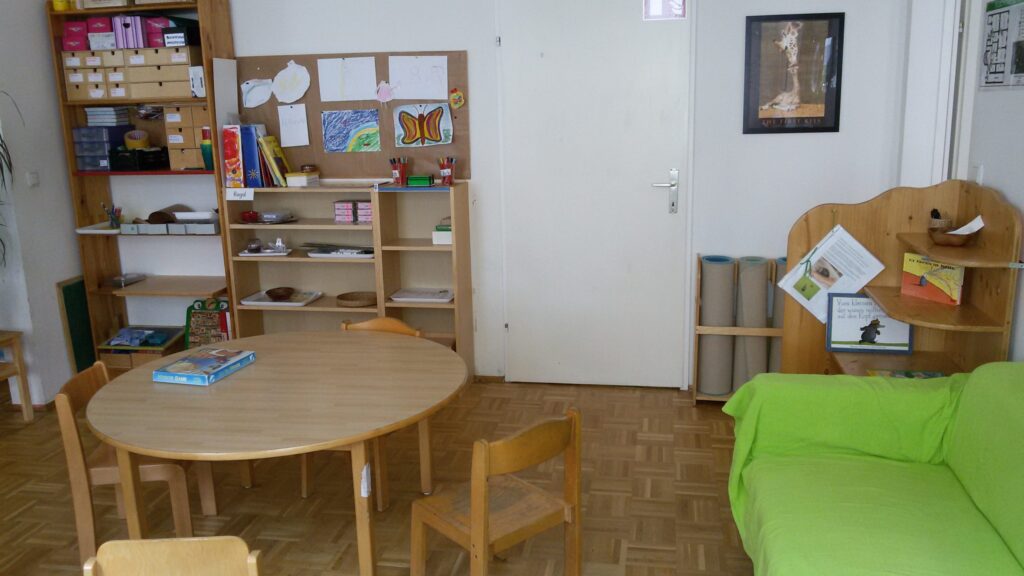
Reduction of the group size
Studies have shown that the sound pressure level usually increases with the number of children in a room. An important reason for this may be the Lombard effect. This effect occurs when several people are talking in a room at the same time. The signal from one group becomes distracting to the others. By increasing the volume of speech to compensate for the lack of speech intelligibility, the noise level continues to rise. It was also found that children in smaller groups show more initiative and concentration.
Sound absorbing measures
Sound-absorbing measures should be implemented right from the start of planning. A reverberation time of no more than 0.5 sec is recommended, which can be achieved with high sound absorption. Sound absorbers are required in all common rooms as well as corridors and cloakrooms. The best effectiveness is achieved when, in addition to a sound-absorbing ceiling, wall panels are installed on two non-parallel walls at ear height. In addition, sound-diffusing furnishings should be present in the room. Recommendations can be found in ÖAL Guideline 42.
Activity-based approach to room design
Different activities create different sounds. A distinction should be made between activities that require quiet and concentration and activities that generate noise, e.g. working or moving. When designing the space, the function of the space should be determined first. Secondly, conditions should be created under which mutual interference is reduced to a minimum. This can be done either by providing several rooms for different activities or by creating partitions and room dividers within one room. Recommendations on this can be found in ÖAL Guideline 42.

